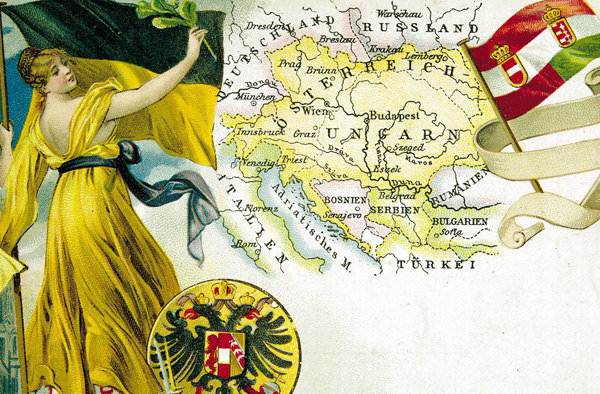The ‘Imperial and Royal’ system
The complex structure of the Dual Monarchy reflected the diverse social and ethnic realities within the empire.
The political system in the Habsburg Monarchy contained both modern and archaic elements. Although there were positive attempts at democratization, considerable social inequalities still existed, with the result that large sections of the population had only a limited political voice. The Habsburg Monarchy had in many respects stopped halfway. Austria-Hungary was an authoritarian state, in which the rights of most citizens were dictated by bureaucracy, the army and the Church.
One of the most important pillars of the state was the Habsburg dynasty – primarily in the form of the almost sacrosanct person of Emperor Franz Joseph, who was mythologized in his own lifetime. The power of the dynasty remained enormous even in the framework of a constitutional monarchy. Parliamentarianism, for which there was in any case only a weak tradition in the multinational state, was further diluted by structural disparities such as the nationality dispute.









